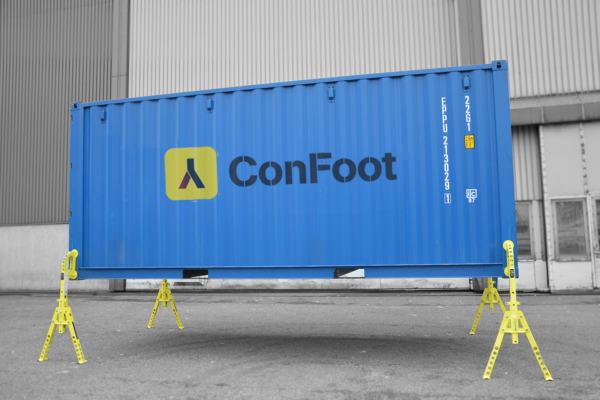

How to unload a shipping container
Unloading a shipping container is a simple process, especially if you are well prepared. Here are a few tips to help you have a smooth and safe experience when removing the contents of a shipping container.

Unloading a shipping container is a simple process, especially if you are well prepared. Here are a few tips to help you have a smooth and safe experience when removing the contents of a shipping container.